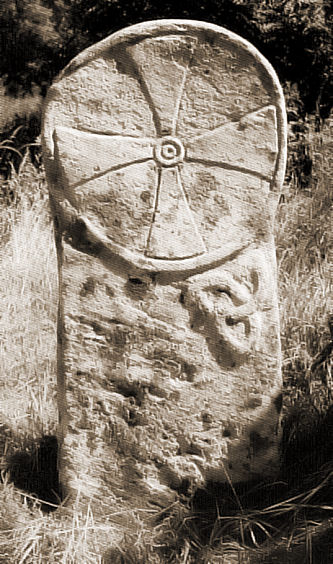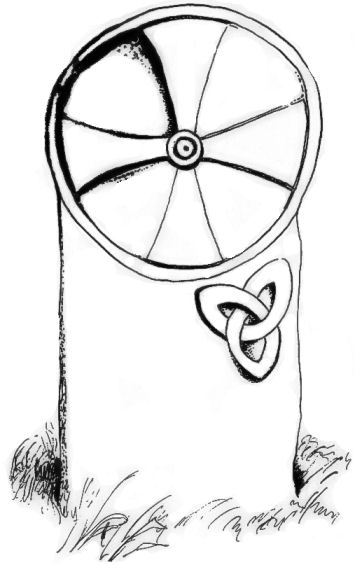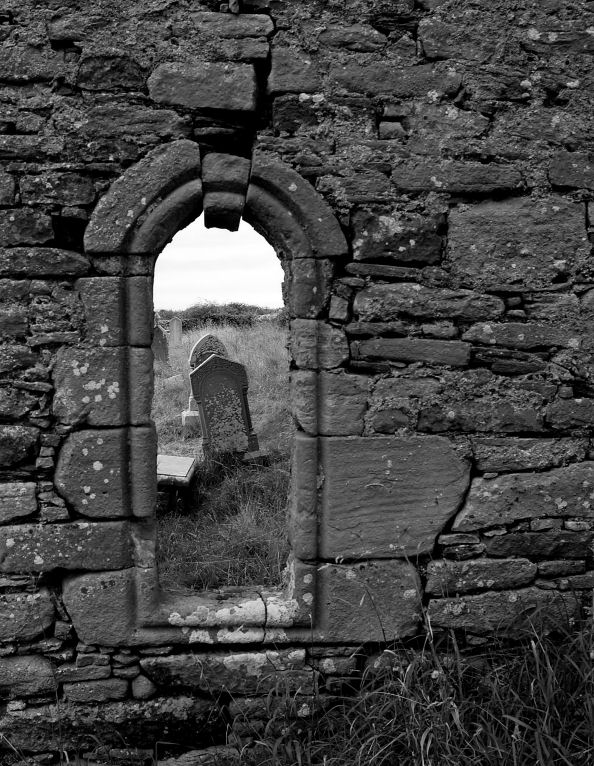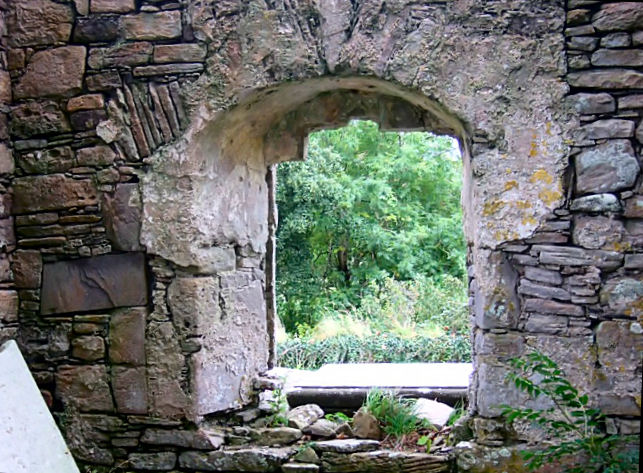
Old Killaghtee Graveyard, Killaghtee, Co Donegal
Short History & Photographs

This page was compiled by Lindel and forms part of the Donegal Genealogy Resources Website
You may link to this page but not copy it
If you have anything to add to this page, please feel free to Email Me
![]()
Notes:
Photographs sourced from :
Also see Old Killaghtee Graveyard Inscriptions
![]()
The Old Church and Graveyard, Killaghtee
The old Killaghtee Church was built about 1118 and was used as a place of Christian worship up until about 1720, when the Church at Church Lane, Dunkineely, was completed. The graveyard is rough and surrounds the Church. The oldest stones date from around 1709 and all stones with dates pre-1900 have been copied (see Old Killaghtee Graveyard Inscriptions). All denominations have used the graveyard. The 6th century Killaghtee Cross stands over the grave of Aédh, who was probably the original founder of the Church, According to Joyce, Killaghtee takes it's name from Aédh's Leacht or Sepulchre monument - it was called Cill - Leacht - Oiche, the Church of the Sepulchre of Night. Under the Plantation the Church was taken over by the Establishment, and is described in the Civil Survey of 1654-6 as being in reparation.
| Mid-1900s photograph of the Cross | Sketch of the Cross | Photograph of the Cross in 2009 |
 |
 |
 |
The Killaghtee Cross
The cross standing amongst the tombstones in the graveyard of
Killaghtee Old Church is a most important antiquity and it is believed that the
cross marks the resting place of Aédh, an early monk or (anchorite) who had his
cell or oratory there.
The Maltese cross marks the transition from inscribed slab to sculptured high
cross therefore the Killaghtee Cross holds an important place in the development
of Celtic art.
The three-fold knot, (triquetra) which can be seen on the cross is believed to
represent the Trinity.
The Cross has also been described as a Greek Cross. In his book 'Secret Places of Donegal' John Feehan writes that the Killaghtee Cross is a 'Greek cross carved inside a circle. At the very centre of the cross are two small concentric circles, while just below it is one of those beautiful threefold knots said to symbolise the Blessed Trinity. Here again I meet up with tantalising mystery. Why the Greek cross in such a remote corner of Donegal? Is it a grave with some Mediterranean connection? Or is it just the whim of an ancient stone-cutter to while away the time.
The truthful answer here is that we simply do not know.'
Bob Quinn's book 'The Atlantean Irish' argues that most of our culture has come from the Mediterranean via the Atlantic coast and not overland from central Europe - and so the term "Celtic" is quite wrong. Early Christian Maltese crosses are part of the evidence.
Photographs
 |
 |
 |
|
 |
© Donegal Genealogy Resources